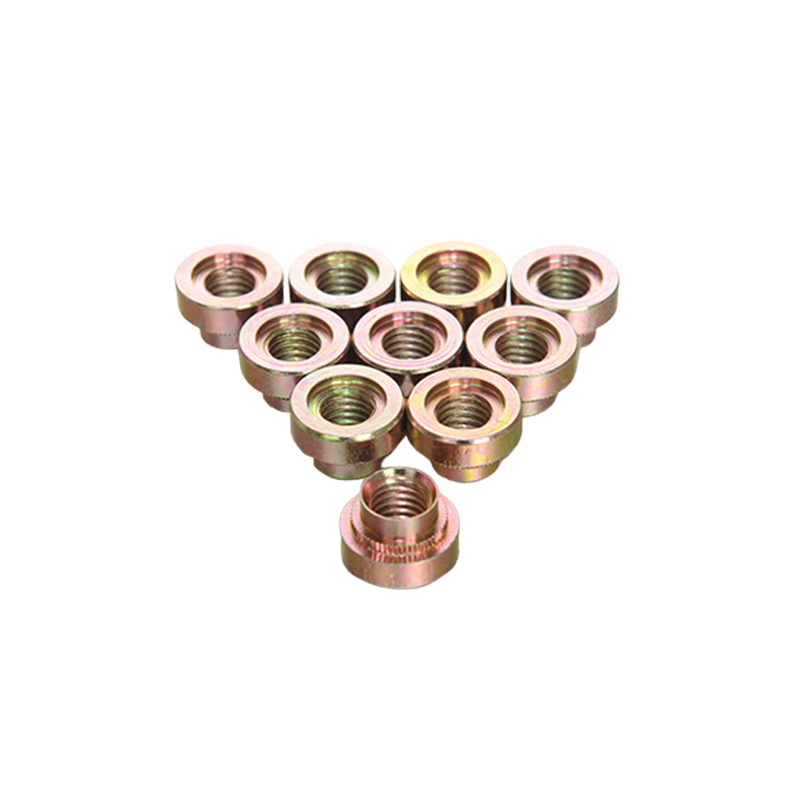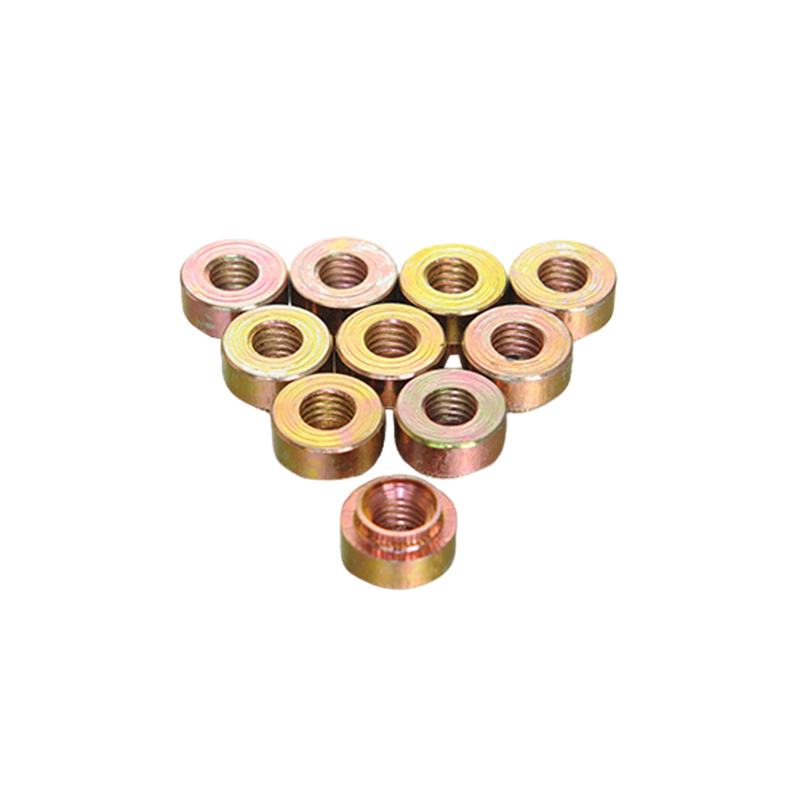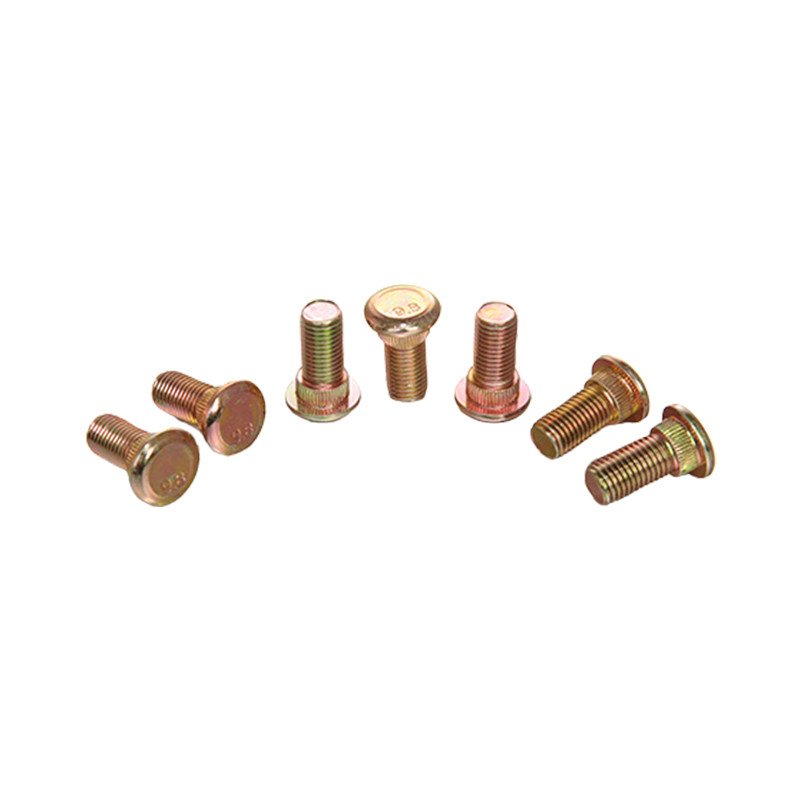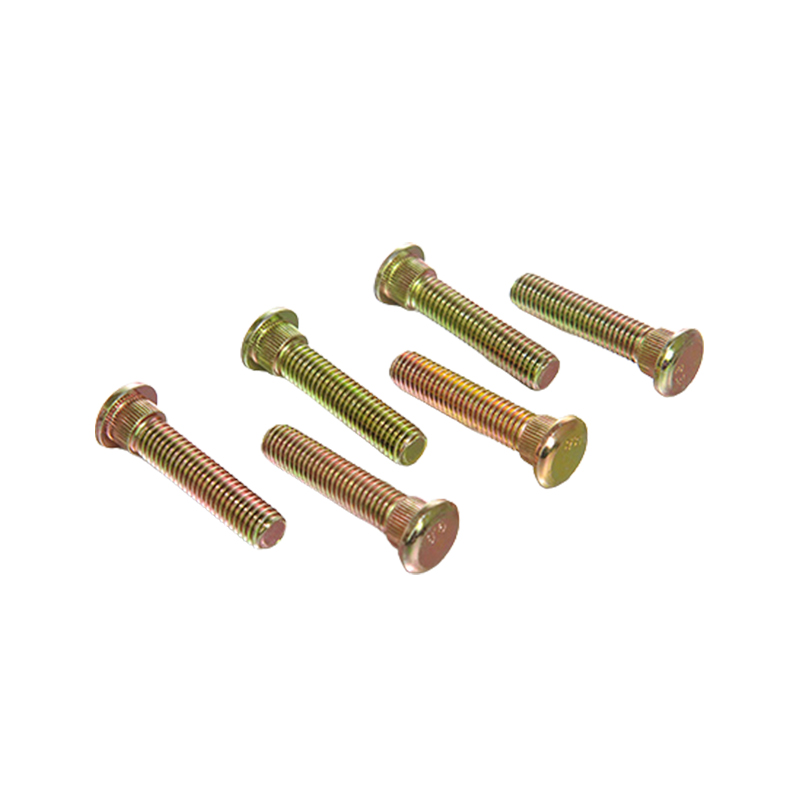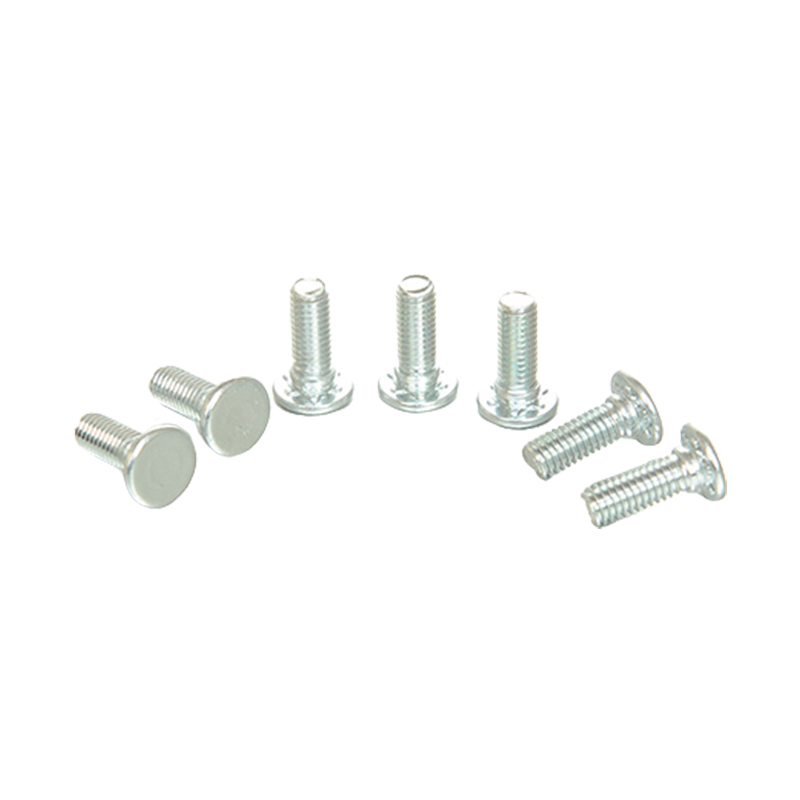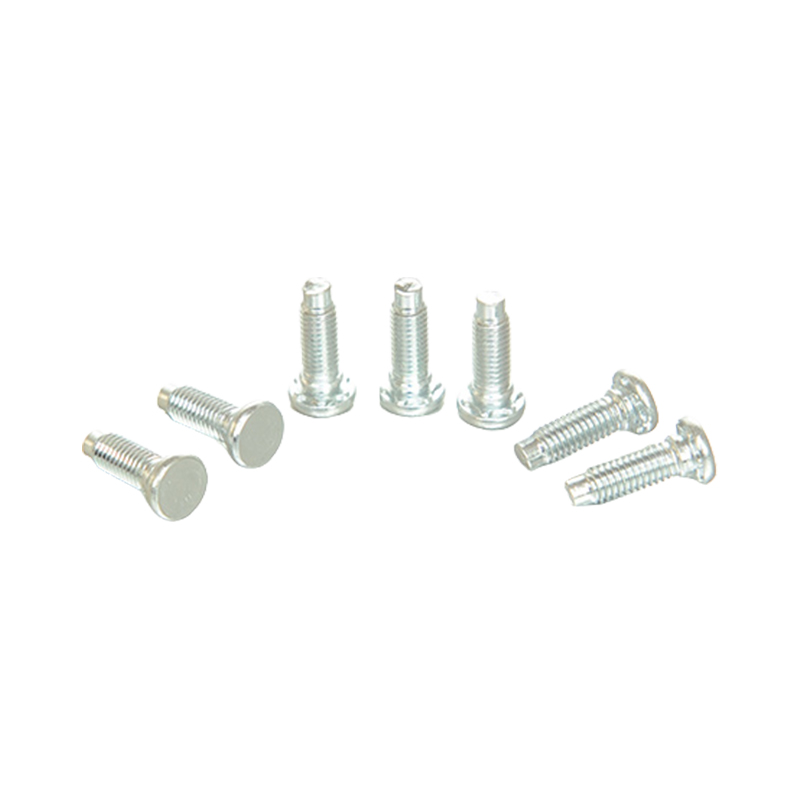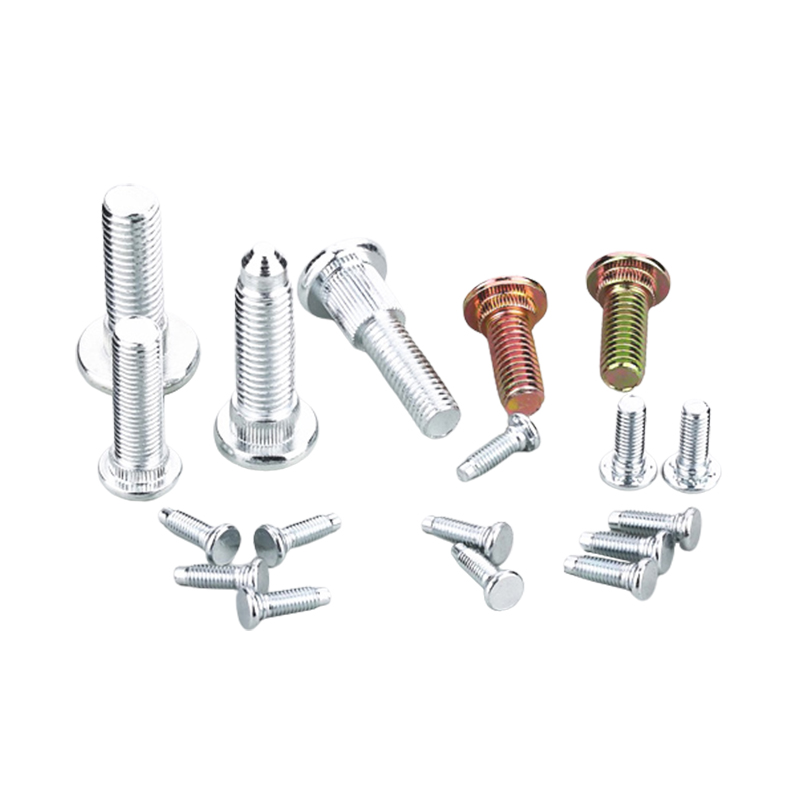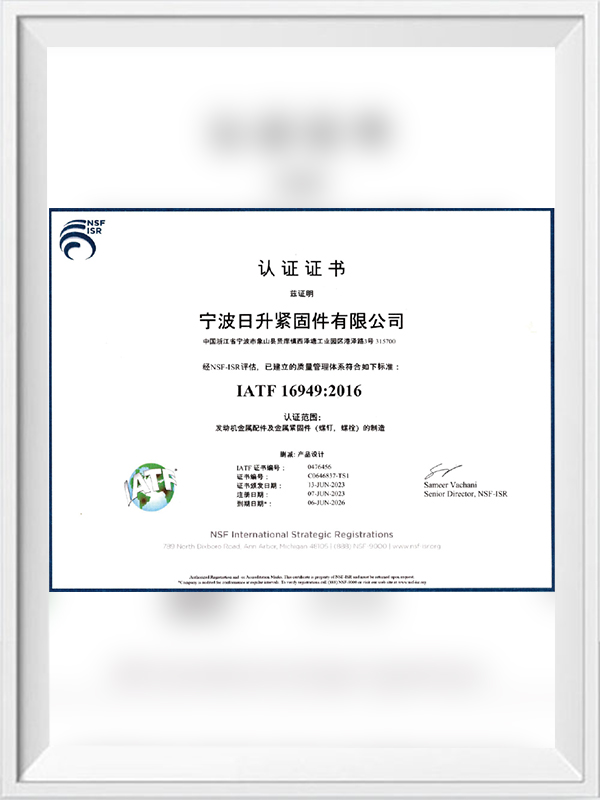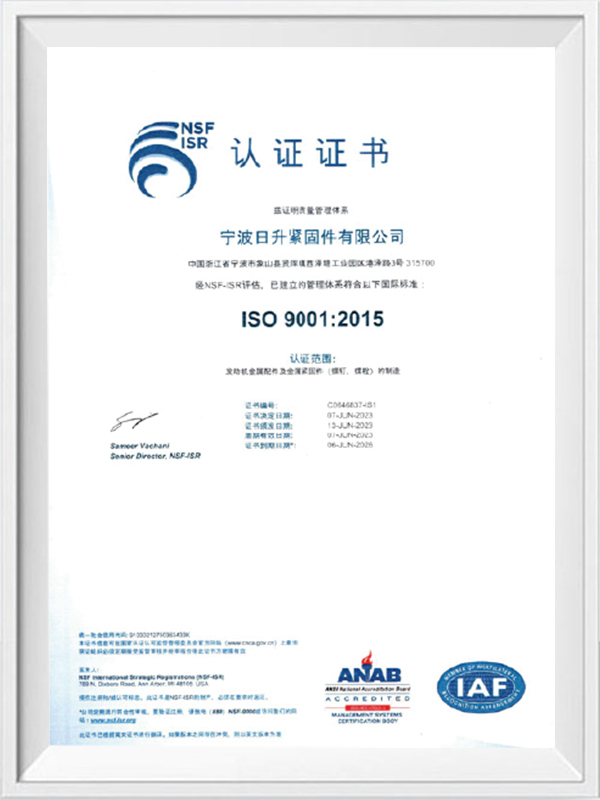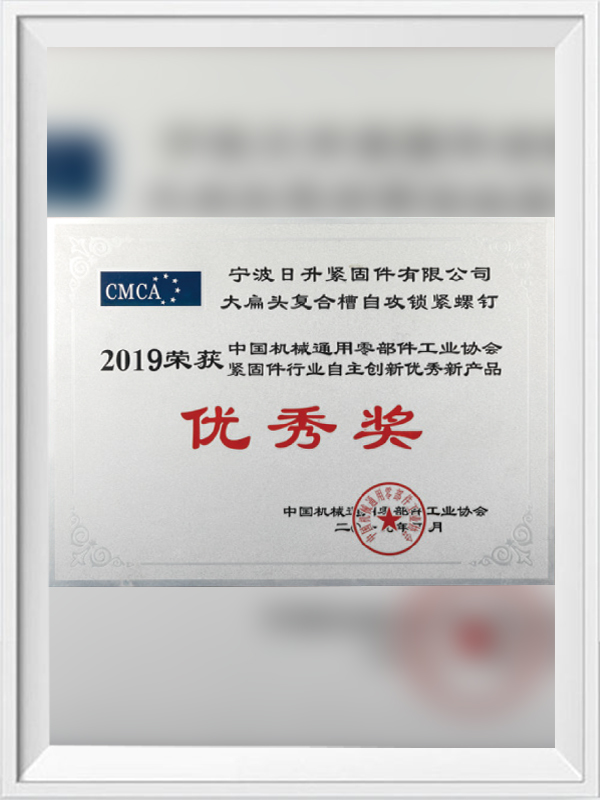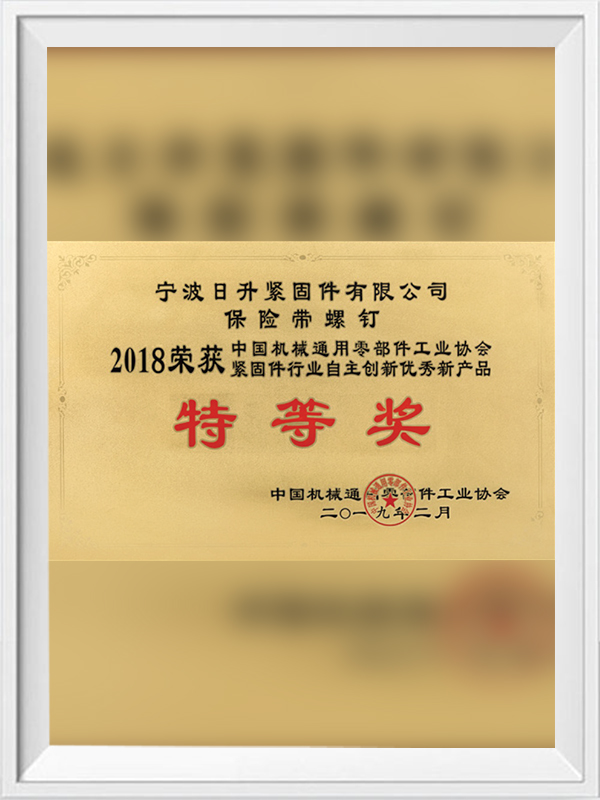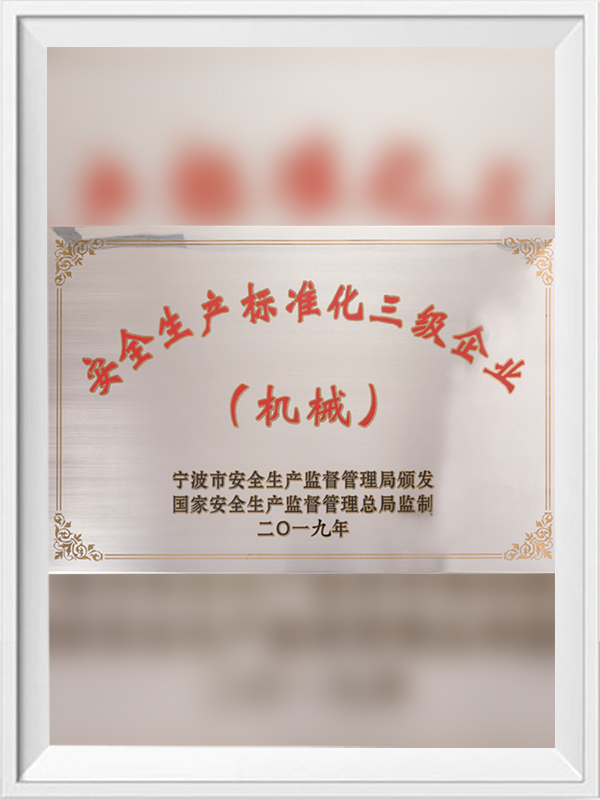1. Mechanism and Design of Pressure Riveting Screws
Pressure riveting screws, also known as self-piercing rivets, represent a significant advancement in fastening technology, particularly for applications requiring efficient and reliable joining of materials. Pressure riveting screws operate on a unique principle that combines axial force and rotational movement to securely join materials together. Unlike traditional fasteners that require pre-drilled holes, these screws feature a specially designed tip that pierces through the top material layer while simultaneously forming a secure joint with the underlying material. This process is facilitated by the application of controlled pressure and torque, ensuring a strong and durable connection. The design typically includes a sharp, self-piercing tip followed by threads that engage with the materials being joined. As the screw rotates and applies pressure, the tip pierces through the top layer, creating a hole of slightly larger diameter than the screw's shank. Simultaneously, the threads engage with the underlying material, pulling the joint together tightly. The sharp tip of the pressure riveting screw is engineered to penetrate through materials without the need for drilling, making initial contact and forming the necessary hole. The threads are designed to provide optimal engagement and retention strength in different material combinations, ensuring a secure joint that resists loosening and vibration. Variations in head shapes (e.g., flanged, hexagonal) and shank designs accommodate specific application requirements, such as load-bearing capacity and accessibility. Selection of materials and coatings (e.g., zinc-plated steel, aluminum alloy) ensures compatibility with a wide range of materials while enhancing corrosion resistance and durability.
2. Advantages of Pressure Riveting Screws Over Traditional Fasteners
Pressure riveting screws, also known as self-piercing rivets, offer distinct advantages over traditional fastening methods like bolts, nuts, and conventional rivets. These advantages stem from their unique design and method of application, making them a preferred choice in various industries.
a)No Pre-Drilling Required: One of the most significant advantages of pressure riveting screws is their ability to join materials without the need for pre-drilled holes. Traditional fasteners typically require precise drilling, which adds time and complexity to assembly processes. In contrast, pressure riveting screws feature a sharp self-piercing tip that effortlessly penetrates through materials, initiating the fastening process quickly and efficiently.
b)Improved Assembly Efficiency: By eliminating the drilling step, pressure riveting screws streamline assembly operations. This efficiency not only reduces labor costs but also accelerates production cycles. Manufacturers can achieve higher throughput rates and meet demanding production schedules more effectively, contributing to overall operational efficiency.
c)Enhanced Joint Integrity: Pressure riveting screws create robust joints with superior integrity compared to traditional fasteners. The self-piercing action ensures a snug fit between the materials being joined, minimizing gaps that can compromise structural integrity. This feature is particularly advantageous in applications requiring high joint strength and resistance to vibration or dynamic loads.
d)Suitability for Dissimilar Materials: Traditional fasteners often struggle to effectively join dissimilar materials due to differences in hardness, thickness, or composition. Pressure riveting screws excel in these scenarios by exerting precise pressure and torque to form secure connections across various material combinations. Whether joining metals to plastics, aluminum to steel, or other combinations, these screws provide reliable performance without compromising joint quality.
e)Reduced Material Waste: The absence of drilling in the assembly process reduces material waste associated with traditional fastening methods. This environmental benefit not only supports sustainability initiatives but also contributes to cost savings by minimizing raw material consumption and waste disposal.
f)Corrosion Resistance: Pressure riveting screws are available in materials and coatings that enhance corrosion resistance, ensuring durability in diverse environmental conditions. This feature extends the lifespan of assemblies, reducing maintenance requirements and associated costs over time.



